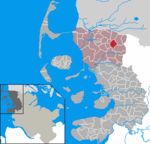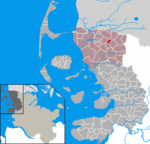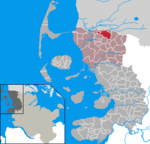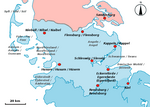Ladelund concentration camp
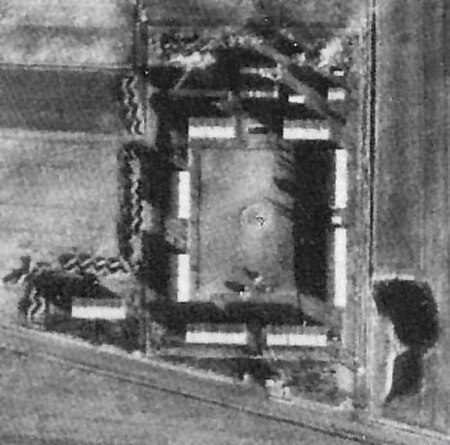
The Ladelund concentration camp, located 20 km north-east of Niebüll on the German-Danish border, was set up as a satellite camp of Neuengamme concentration camp on November 1, 1944, as part of the construction of the so-called Friesenwall. The Friesenwall was a planned but only partially completed fortification that was to be built on the German North Sea coast towards the end of World War II. The concentration camp near Ladelund was responsible for the construction of trenches and gun emplacements for a militarily pointless "blocking position" south of the Danish border. The camp was disbanded on December the 16th, 1944. Within the month and a half that it existed, 300 out of over 2,000 prisoners died.
Excerpt from the Wikipedia article Ladelund concentration camp (License: CC BY-SA 3.0, Authors, Images).Ladelund concentration camp
Stato, Südtondern
Geographical coordinates (GPS) Address Nearby Places Show on map
Geographical coordinates (GPS)
| Latitude | Longitude |
|---|---|
| N 54.8481 ° | E 9.0373 ° |
Address
Stato
Stato
25926 Südtondern
Schleswig-Holstein, Germany
Open on Google Maps




